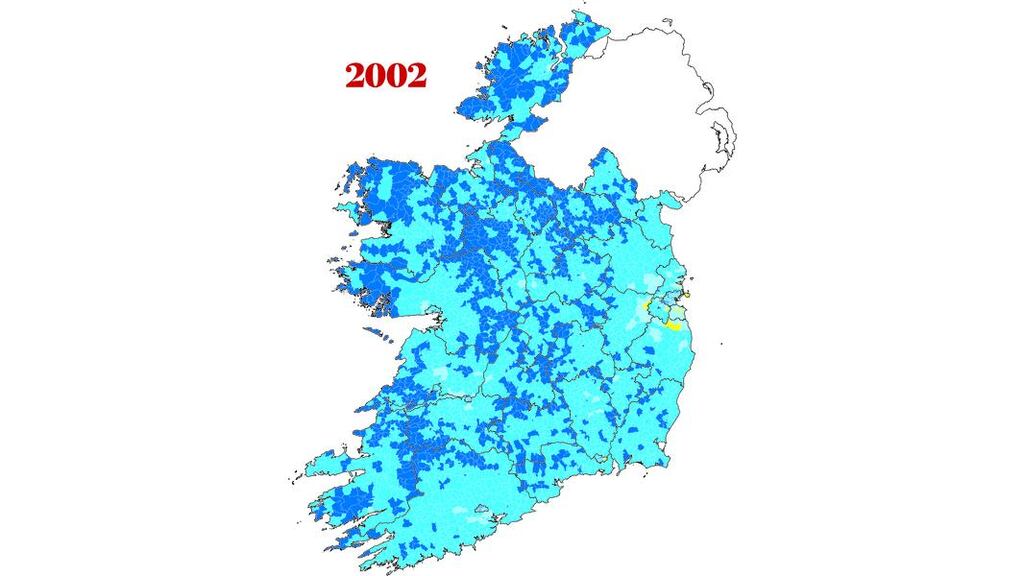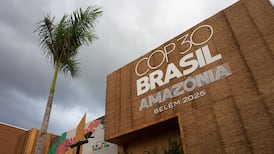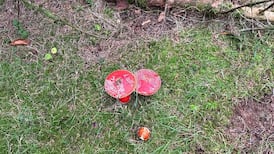Picture of Ireland:The internet is a critical enabler of the transformative power of information and communication technologies in almost every sphere of economic activity. It also helps users to converse with others, find information and buy goods and services.
The 2011 census found that 72 per cent of private households had a connection to the internet, almost 90 per cent of them via broadband. In 1998 only 5 per cent of households were connected to the internet. By 2002 the proportion was a third. It had increased to 47 per cent by 2006, although at this stage only 43 per cent had broadband.
The census also reveals that although there has been a rapid take-up of the internet as a whole, the pattern varies significantly across the country. In general, there is a contrast between the city regions, large towns and their hinterlands versus rural areas, with a distinction between districts to the east and south of a line from Dundalk to Cork and rural areas elsewhere.
The council areas with the highest internet-use percentages are Fingal (85 per cent), Dún Laoghaire-Rathdown (83 per cent), South Dublin (81 per cent), Kildare (79 per cent) and Galway city (79 per cent).
The lowest percentages are Leitrim and Longford (both 62 per cent), Donegal, Roscommon, Mayo, Monaghan, Cavan, Offaly, Tipperary and Kerry (all less than 65 per cent). Within these counties, many districts have usage figures of less than 50 per cent.
It would be an oversimplification to consider this map as an indication of an urban-rural digital divide. Rather, it represents a particular stage in the diffusion of an innovation that has already entered the final stages in parts of the city regions while being only at the early-adoption phase for most households in some rural areas.
The pace and direction of the geographical dispersion are driven by supply-and- demand factors. On the supply side there were technical and economic limitations for the infrastructure providers, which are being addressed through the national broadband plan and the rural broadband scheme.
The demand for internet access is influenced by sociodemographic attributes that vary between areas. Internet connection is above 80 per cent in households where the census reference person is less than 55 years old, but there is a rapid decline in take-up in older households. Only 40 per cent of households where the reference person is over 65 have internet access, and the rate declines to 20 per cent where an elderly person is living alone.
Internet use is almost universal (90 per cent) among households where the reference person has at least a third-level degree. By contrast, the proportion is only 39 per cent in households with only primary or no formal education.
The map does not illustrate the variations in broadband quality across the State. The highest-quality service is typically available in the areas with the greatest numbers of users.
View all the maps in this series at
[ airomaps.nuim.ie/pictureofirelandOpens in new window ]
Ordnance Survey Ireland licence EN 0063512.
© Ordnance Survey Ireland/Government of Ireland. Data source: CSO, 2011. Produced by All-Island Research Observatory. Not to be reproduced without permission from Airo. Comparable data not available for Northern Ireland









